We tested the driving assistance systems of the Nissan Ariya and Tesla Model 3 on the Tokyo Metropolitan Expressway, to compare their response to sharp curves and congested conditions. You can also watch our full analysis in the YouTube video here.
Premise for this test
The Ariya uses Nissan’s ProPILOT, which controls steering, acceleration, and braking. The car can automatically switch between ProPILOT 1.0, which requires the driver to keep their hands on the steering wheel, and the hands-free ProPILOT 2.0, depending on road conditions. The car continuously monitors the driver to ensure they are conscious and looking in the direction of travel.
The Model 3 includes Autopilot, which is similar in features to ProPILOT 1.0, insofar as hand’s free driving is not available.
In our test, we try to keep the respective assistance systems enabled at all times, and set both cars’ cruising speeds to ensure they work optimally. The course is a 23km loop, starting at Tatsumi parking area in Tokyo.
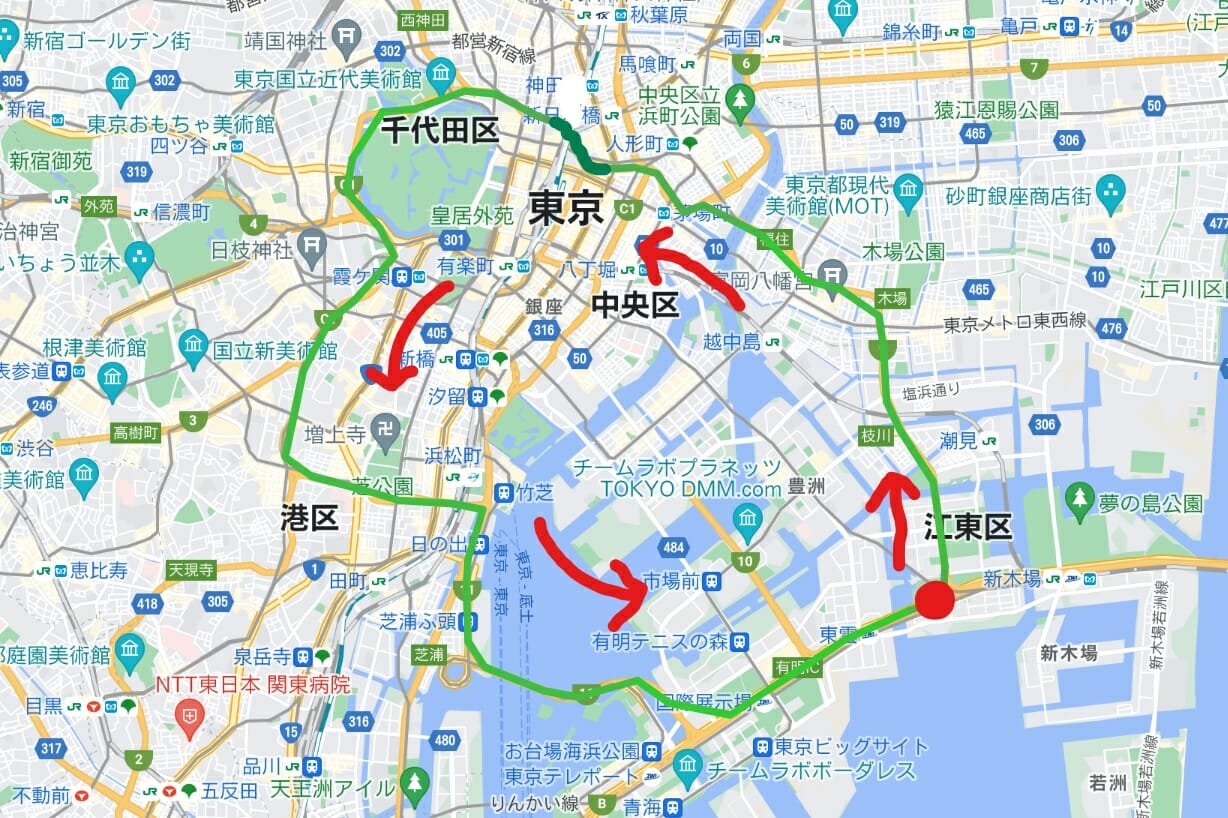
Highlights
The following are a selection of highlights from the video; please follow the link to get the full analysis.
Ariya’s conservative driving style gives a safe impression
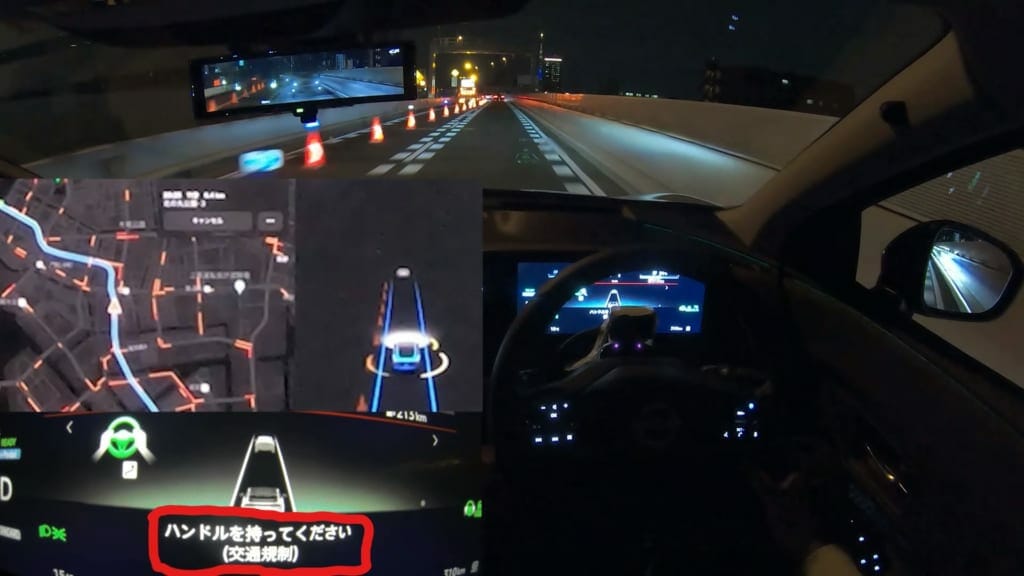
The Ariya often switched from the hands-free ProPILOT 2.0 to 1.0 upon approaching areas in which lanes were restricted due to construction. I was comforted to see the car detected these obstacles and clearly warned the driver with its “lane restriction” display.
Some ProPILOT behavior remains a mystery
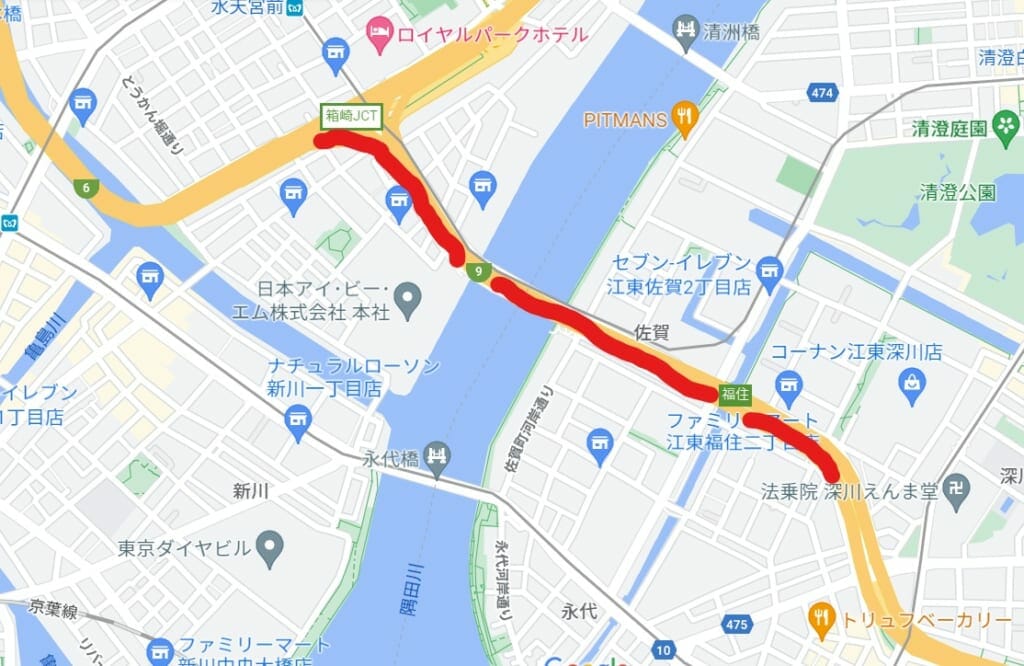
At a specific location between two junctions, ProPILOT will automatically disable itself, before enabling again further down the course, without any apparent cause. This phenomenon, replicated on two occasions, is unfortunate since this area experiences a lot of congestion and would thus be an ideal scenario for driving assistance.
With many cars merging in this area, we found it necessary to disable the Model 3’s Autopilot manually at least once to manage a car cutting in, but the system was otherwise able to remain enabled.
Hands-free driving excels in straight lines
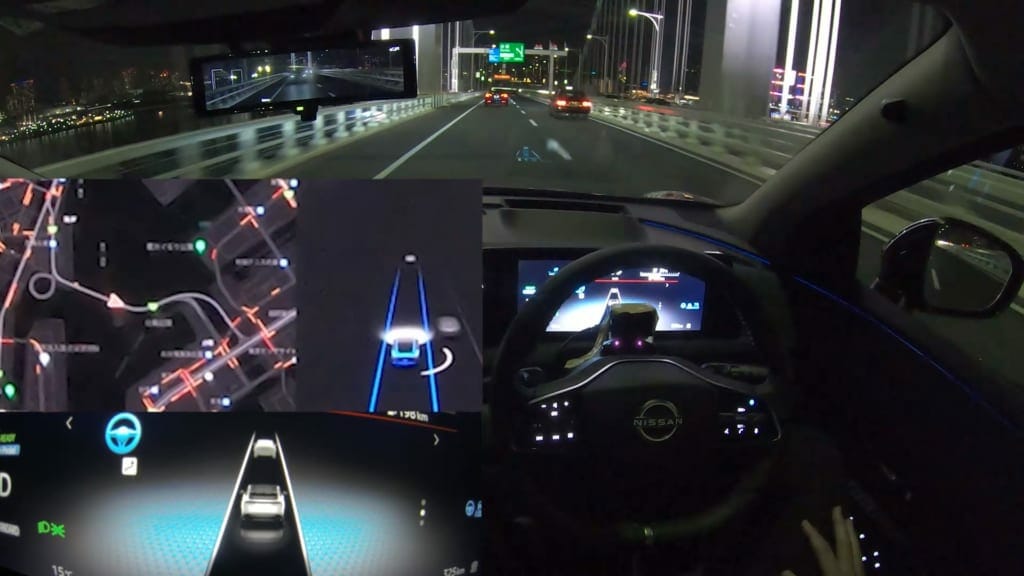
Although ProPILOT frequently disabled itself at sharp corners, the 2.0 system performs well in mild-to-straight road sections, and it is in these circumstances where the driver can really relax with hand-free driving.
Conclusion
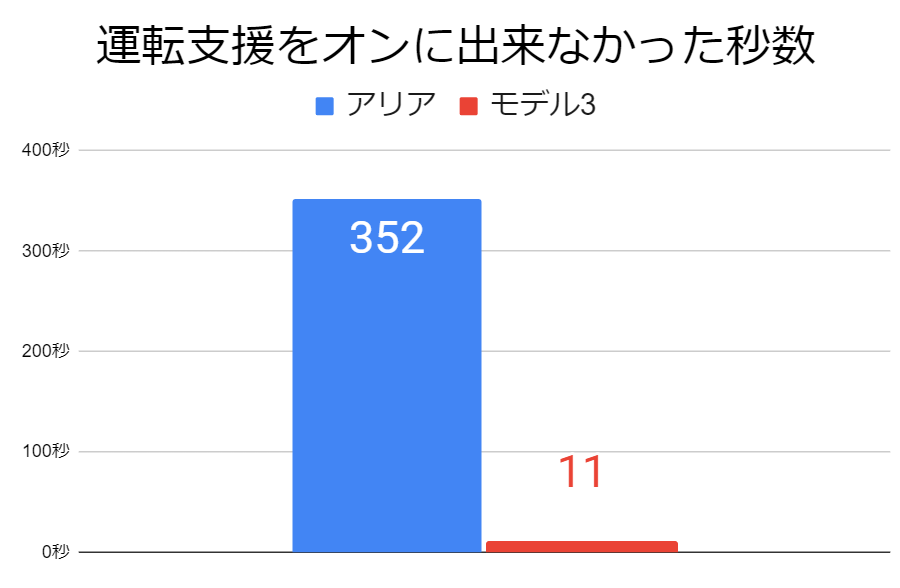
Ariya’s ProPILOT was not available for 352 seconds, compared to the Model 3 autopilot’s 11 seconds.
The Ariya and Model 3 both managed to keep their driving assistance enabled for at least 80% of the 23km test course. However, there was a clear disparity in the time they were not available at all, with ProPILOT unavailable for 352 seconds compared to the Autopilot’s 11 seconds.
The difference is largely due to the ProPILOT’s conservative approach towards sharp curves, but given the Ariya’s overall deference to safety, we cannot say this is an altogether inferior result. Tesla’s Autopilot seems to instantly recognize all lane markings and the UI displays them to give the driver confidence. However, we found in more difficult scenarios such as lane merging, we would not feel comfortable without our hands on the wheel with the ability to quickly revert to manual driving.
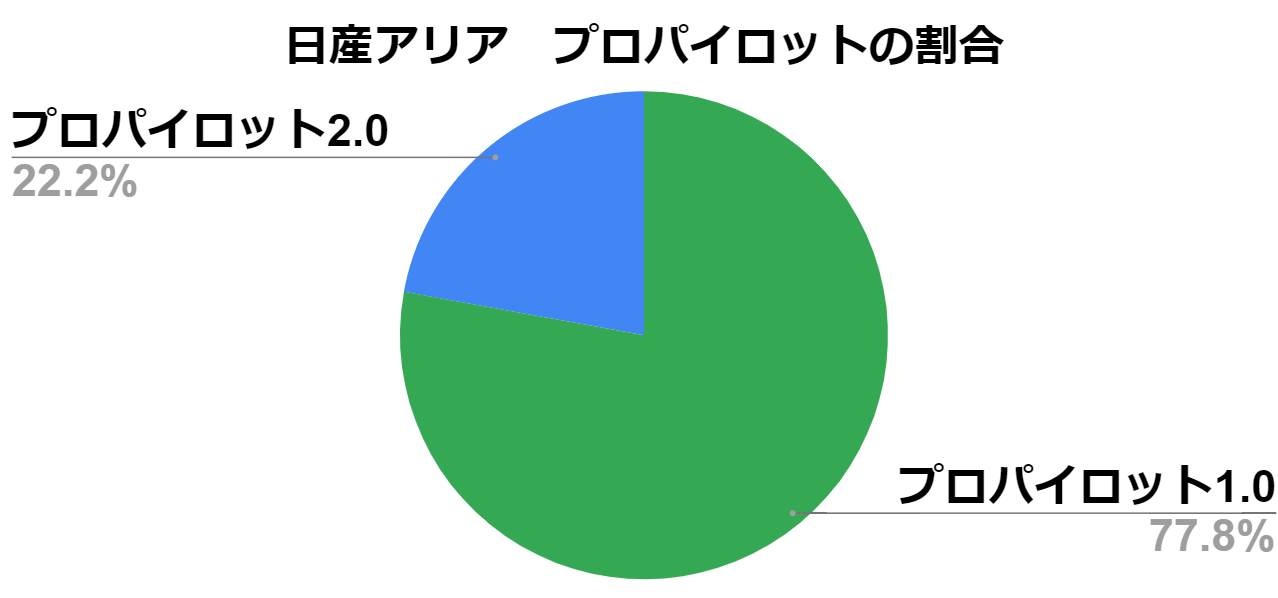
ProPILOT 2.0 was available for 22.2% with 1.0 being used for the remaining 77.8%.
With excellent hands-free performance on straighter road sections, we therefore believe the Ariya is better suited to long interstate journeys, rather than the short and often chaotic roads we drove here in central Tokyo.
[YouTube Video] We compared Nissan Ariya and Model 3 driving assistance functions!
(Filming by Teskas and Mitsuharu Ishii. Report by Teskas)
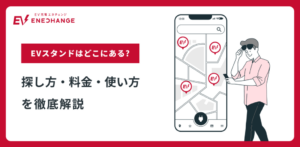
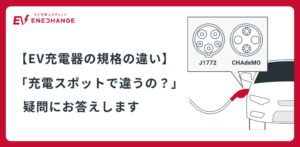
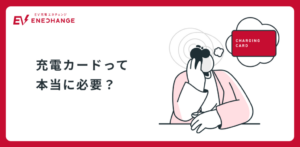

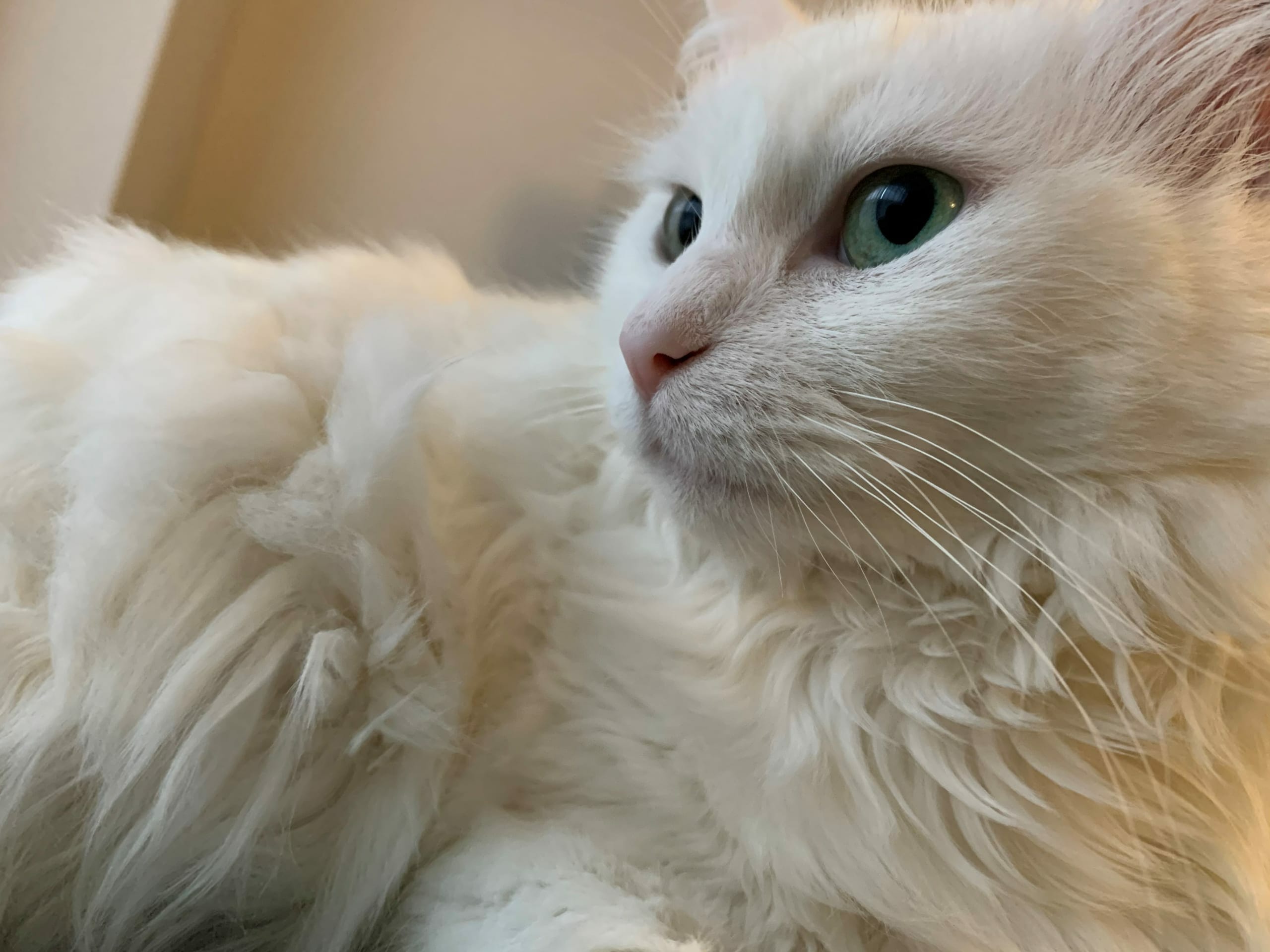
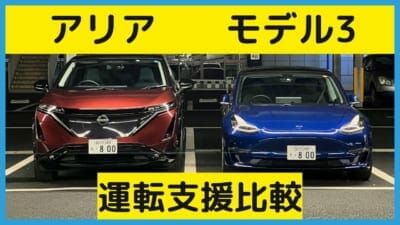
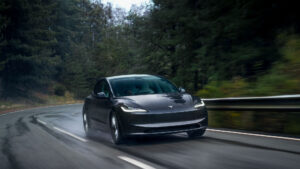
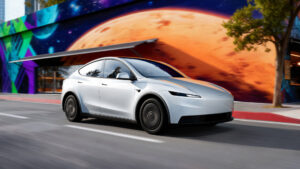
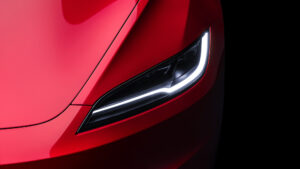
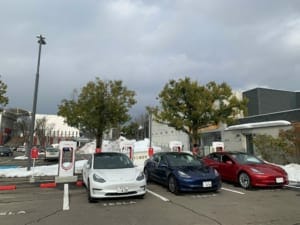
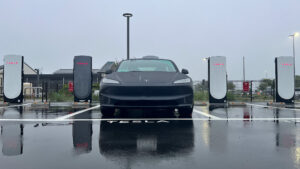
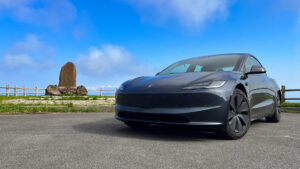
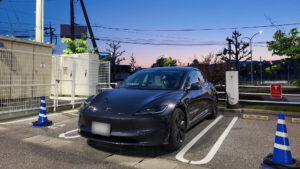
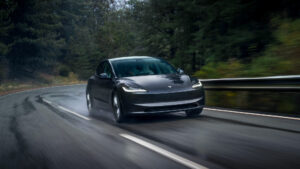
コメント